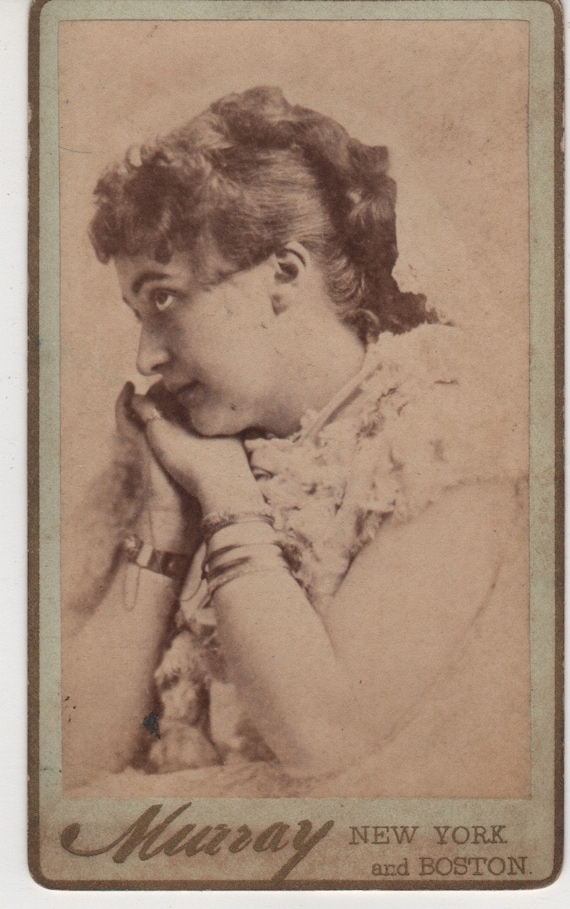When I say "overview," in this instance, I mean a very brief overview.
The first half of the the 1800's, California was ruled by Spain, then starting in 1821, by Mexico. The Anglo population was mostly concentrated along the coast, sticking close to the missions. On mission lands, using the indigenous native populations for what amounted to slave labor, the land grew a variety of crops including fruit orchards, vineyards, truck garden vegetables and wheat.
 |
| Mission San Juan Capistrano |
While most of the ranchos granted to Californios were located along the coast, a few in the center of California and the Sierra-Nevada foothills were granted to foreign nationals, such as John Sutter. When the Mexican government secularized the mission system, instead of the land going to the indigenous people as originally intended, it was sold to the highest bidders--the Californios. Many of the crops originally grown were mostly discontinued with the exception of the vineyards for wine and wheat. The primary agricultural product was cattle.
As Mexican government officials and explorers moved north into Alta California, they brought the vaqueros who drove herds of cattle. If you think longhorns were only found in Texas, think again. That breed of Mexican cattle also found its way into California. Soon, the hides and tallow became Alta California's biggest export and form of monetary exchange.
At first, the great central valley in California (drained by the Sacramento River to the north and the San Joaquin River to the south) was considered a desert not fit for agriculture.The first group who tried to grow wheat in the San Joaquin Valley were Mormons who had arrived in San Francisco in 1846 on the Ship Brooklyn at the start of the Mexican-American War. They brought supplies and equipment with them, including plows and a mill. Using the sail launch named The Comet, they sailed up the San Joaquin River to a point called Moss Landing. They grew wheat along the Stanislaus River near today's Caswell Park by Ripon. Unfortunately, malaria had spread down to the region, and that coupled with flooding, doomed the project.
After the United States won the war with Mexico in 1848 and Alta California became first the territory of California, and quickly the state of California after the discovery of gold, the focus of the incoming Anglos was primarily on mining. The Californios struggled to retain control of their land, and the often hostile Anglo influence prevailed. However, once the easy gold from placer mining disappeared, Americans from back east faced the choice of returning home often worse off than when they came, or of settling in California. Those who stayed often turned to the occupations they held back east, primarily farming.
Droughts in the early 1860's ruined the cattle industry. Starting in the 1866-67 years, the weather patterns through the 1870's were such that plentiful rain in the summer allowed for "dry farming," or farming that does not require irrigation. Wheat became the largest crop grown in California, particularly in the great Central Valley. Isolated as it was by vast under-populated territories to the immediate east, wheat found a market in the California, Oregon and, once the Trans-continental Railroad was completed, across the United States. The wheat market collapsed during the national financial panic of 1893. However, even before then, in the mid-1880's, wheat markets began to decline due to competition from the Missouri-Mississippi Valley region and Russia.
As wheat production fell, and irrigation systems developed and spread, the Central Valley developed more orchards, vineyards and fields of row crops. When I moved to Stanislaus County in the San Joaquin Valley several decades ago, I recall driving for miles past orchards full of peach and almond trees. I still live across the street from an almond orchard. And wheat is still grown today, as evidenced by this field about three miles from my home.
Although the method of watering trees has mostly changed from flood irrigation to sprinklers or drip systems, such orchards are among the 80 agricultural products of California's Central Valley that make it one of the most diverse and productive agricultural regions in the world today.
In my latest book, Millwright's Daughter, Eliza' uncle is one who first came to California in the late 1850's in search of gold, but soon turned to the trade he had been raised in at home in Ohio--that of being a millwright. The setting of the story is loosely based on the Tulloch Mill in Knight's Ferry (but not Mr. Tulloch himself. I would not want the descendants of that family coming after me claiming I defamed their ancestor.)
How's that for a teaser? For a short time, you may find Millwright's Daughter as part of the nine author anthology, Under a Mulberry Moon. To read the book description and find the purchase link, please CLICK HERE.
Sources:
Wikepedia
The Comet-1846-First Sail Launch, State Registered Landmark.
Bean, Walton E.; California-An Interpretive History; McGraw-Hill Inc., USA: 1968, 1973











































